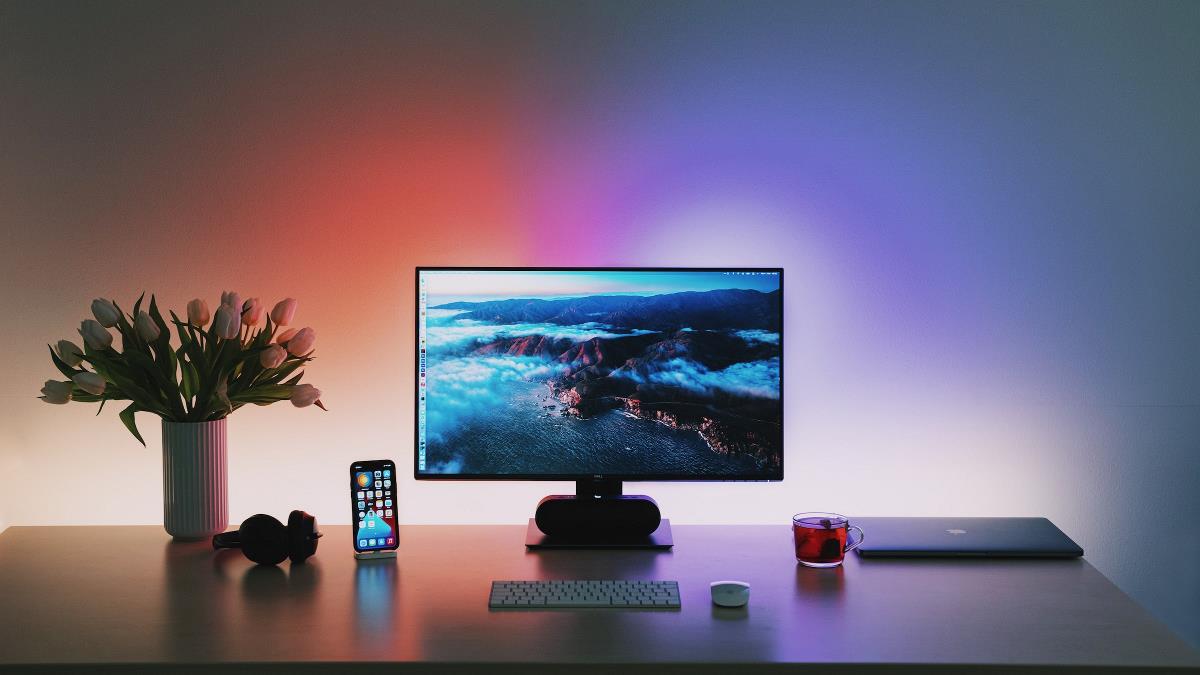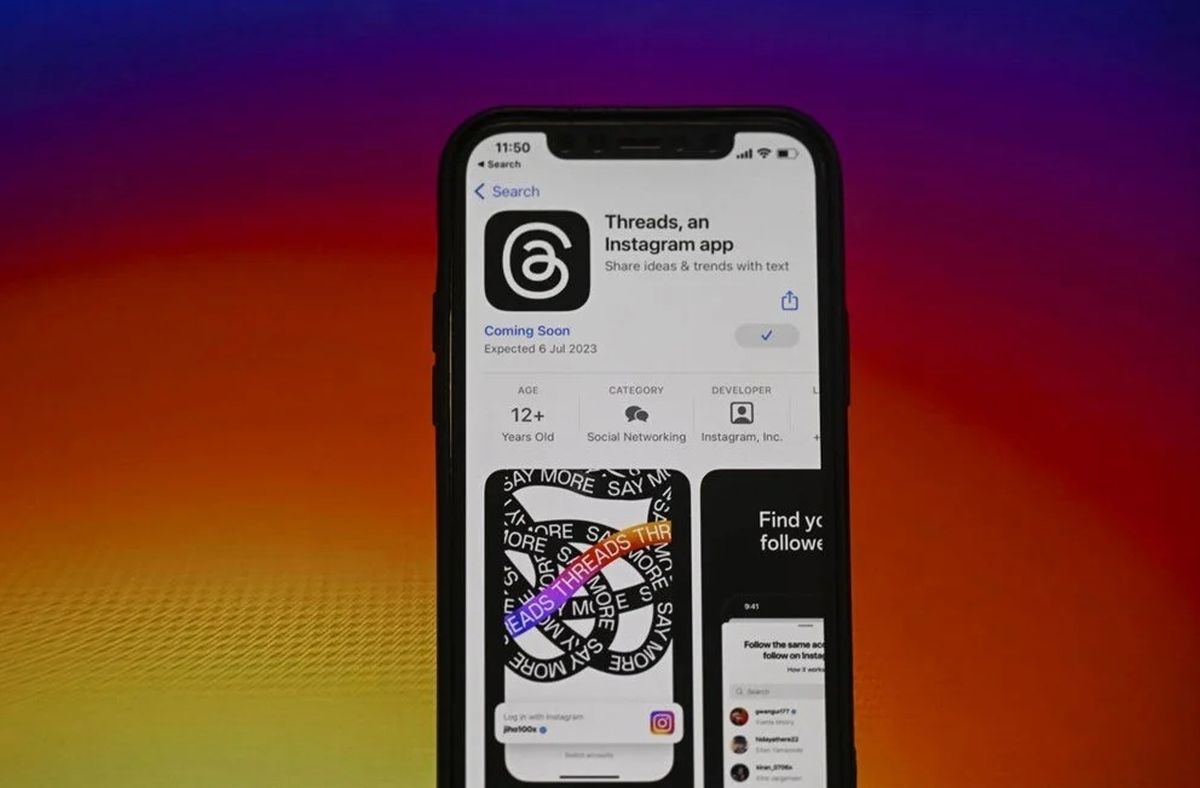Why are we still waiting for affordable laptops / netbooks / tablets for schools?

The mobile computing market changed forever a few years ago with the introduction of the netbook. Finally a small, reasonably lightweight personal computer that could be carried by anybody. Then the technology companies brought us a new breed of powerful ultraportables and finally tablets. One thing to note though is that prices haven't changed much, if at all, in the last few years. Now you could say that this is probably down to the global economic downturn, problems facing technology manufacturing after the Japanese earthquake or one of a great many factors. The fact remains though that around the computing market the prices of other devices such as high-definition televisions and digital cameras have continued to fall.
Now I'm a teacher by my first trade, and a tech author second. I've been spending the last few years teaching Literacy and Numeracy to the long-term unemployed who need better skills and qualifications in order to be able to get back into the workplace, or to those people who are already employed and need qualifications to progress their careers. I'm very interested then in the use of technology as an educational aid and, if you're interested, you can read an essay I wrote on the subject for my teaching qualification here where I talked about some of the issues and barriers for the use of technology in the classroom, including the legal, physical and mental barriers that some people need to overcome.

Why is it then, six years after the launch of the One Laptop Per Child (OLPC) project that intended to create laptops for developing countries for only $99 that we don't have schools rolling out laptops, netbooks or tablets to their students every year? From the perspective of the technology companies this is an enormous market and opportunity; indeed Bloomberg are reporting today that Apple are bidding to sell 15 million iPads to schools in Turkey.
The single biggest barrier however is still price. In order to make mobile devices that will appeal to the consumer and trample upon the competition, companies are still going for quality, brushed metals, high quality plastics and IPS panel screens. What they're not focusing on is the schools and colleges mass market where what's required is ruggedness and affordability; after all these machines will be designed to only be used in educational establishments for their purposes.
Next week does see the launch of a new affordable Android tablet, the affectionately named (for anyone of a certain age in the UK anyway) AndyPad. Starting at just £129 this is finally approaching the price levels that technology needs to be at to appeal to the huge volumes and limited budgets of schools worldwide, and of course some of the money can be saved elsewhere in providing cheaper eBooks instead of the traditional paper copies (while being more environmentally friendly into the bargain).
The fact remains though that back in 2005 when Nicholas Negroponte announced his plans to create a $99 educational laptop for the developing world the whole world got very excited. Then companies like Microsoft decided that they wanted a piece of the action, muscled in and muddied the whole situation. Now we don't have any $99 laptops and there's no immediate prospect that this will change.
It's worth noting that some smaller companies have tried to release $99 tablets, certainly here in the UK, and all have so far been rubbish. What must be needed then is the technological know-how and the manufacturing clout of a big name player. Could Apple make a $99 iPad? The company certainly makes enough money to subsidise such a device and it would sell in enormous volumes. How economical that would be to a company with shareholders to pay though is up to Apple's board to decide.
So I find it a pity that in what might turn out to be the 'golden age' of mobile computing that children are still being left out, especially the millions of them on low household incomes who still don't have a computer at home. It's time I think for the technology companies to step up to this challenge and prove that $99 can still be achieved for the benefit of everyone.
Advertisement




















As always it is the parents and teachers who should make education relevant to students. Technology must become nothing more than a tool. Where alll can obtain access to hardware and applicationsif needed.Notebooks, iPads, and laptop computers — paid for with the help of state dollars — are becoming an increasingly common sight in classrooms.
Because we still don’t know what software to install on them. Windows? Too expensive and anyway not really a good thing to teach only Windows and Office. Linux? Yeah, it’s free, but would you teach children to use something they’re likely not to use all over their life? Mmm,…
The simple fact of the matter is that the more complicated the technology gets the more capitalism screws things up.
What economists do not talk about is that consumers, and that includes educators, mostly cannot evaluate the technology as it gets more complicated. Plus people believe that education gets better as it gets more expensive. The computer companies want to maximize profits so a cheap computer doesn’t serve their purposes. But the problem with cheap is usually low reliability. Broken computers aren’t worth much.
Considering that the federal government buys things like tanks and jet planes they should been able to get a rugged standardized netbook designed long ago and just spread it throughout the United States.
But another fact is that the educational system is part of the process of maintaining the class structure. We should not pretend that everyone in this society wants good education for everybody. Some people have to fill the crappy jobs.
Why hasn’t this country put together something as simple as a National Recommended Reading List? That could have been done decades before there were cheap computers.
.
So…. why is the XO-3 not mentioned? Due out in 2012, which is not that far away. I mean, it takes a while for good technology to be designed, built and finally manufactured en masse, so why is this next gen indestructible box, (also easily powered on solar for the third-world) not acceptable to the author? Seems like the US$ 75-150 device is well on the way, and the primary goal is for educational purposes.
So why are we still waiting for these laptops? Article didn’t answer the question in the title.
“some smaller companies have tried to release $99 tablets, certainly here in the UK, and all have so far been rubbish”. I bought a Tabtech M009s from Wendy Lou on Amazon UK where it is #1 selling tablet at £70, the company concerned having sold 6000+ apparently. If you read the reviews, you will find that they are polarised between “rubbish” and “good at the price” with the latter winning in spades. Clearly it depends on your criteria — you get what you pay for — but I’ve been using it productively for the last 5-6 weeks. The lack of a capacitive screen, slow processor and occasional slowness to pick up a wifi signal are the major niggles and hopefully the likes of the AndyPad Pro will indeed be an advance on that. Reasonable review of the M009s here:
http://whattabletpc.com/tablet-reviews/tabtech-m009s-android-tablet-review/
I agree that we need prices to go down. One example of this was when Toshiba released a low-powered ARM netbook some time ago. With WiFi and 3G the thing cost close to 400 euro, the price of a low-powered x86 laptop (without 3g).
I tried and tried to find a place that sold it cheaper, and well, it appears this same device in Russia costs less than 200 euro, but good luck getting it here…